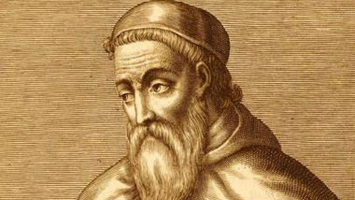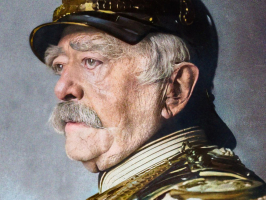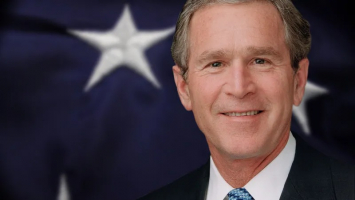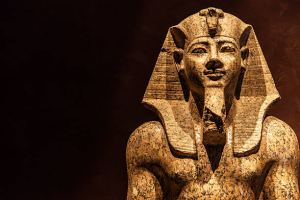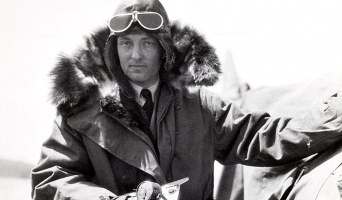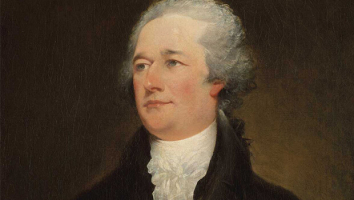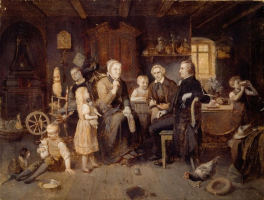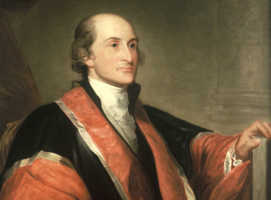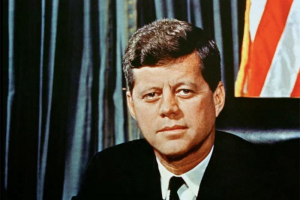Top 8 Facts about Nathan Hale
Nathan Hale (June 6, 1755 – September 22, 1776) served as a soldier, spy, and American Patriot with the Continental Army during the American Revolution. He ... read more...agreed to participate in an intelligence gathering operation in New York City, but the British apprehended him and had him put to death. Let's explore more about this brave man through some facts about Nathan Hale!
-
Deacon Richard Hale and Elizabeth Strong, a lineal descendant of Elder John Strong, welcomed Nathan Hale into the world in Coventry, Connecticut, in 1755. He was the great-grandson of Reverend John Hale, who played a significant role in the 1692 Salem witch trials. He was also Edward Everett Hale's granduncle, a Unitarian pastor, author, and activist known for his support of abolitionism and other social issues. He was journalist Nathan Hale's uncle and helped launch the North American Review and the Boston Daily Advertiser.
Nathan Hale, a Connecticut native, received an excellent education while growing up. At the age of fourteen, he and his brother Enoch were sent to Yale College, where they came to know other revolutionary souls like Benjamin Tallmadge, who would later work as a Patriot snitch. Hale and his brother both became members of the restricted Yale organization known as the Linonian Society, where they had the chance to participate in discussions on subjects including mathematics, literature, astronomy, as well as the morality of slavery. Nathan, who was 18 years old when he graduated with first-class honors, went on to teach in East Haddam and New London.
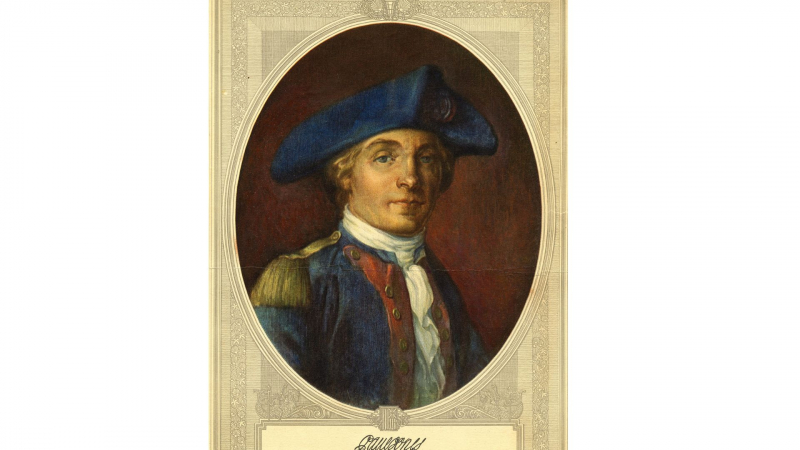
Photo: Karhmann Blog 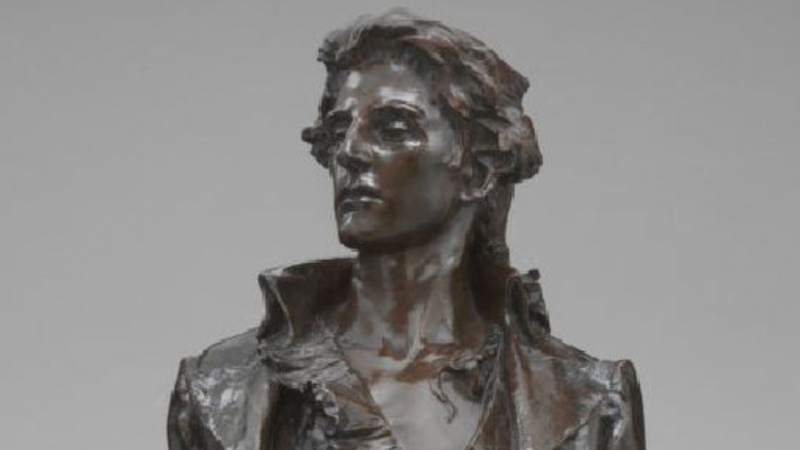
Photo: Connecticut History -
Another fact about Nathan Hale is that after graduating from Yale at the young age of 18, he immediately obtained employment as a teacher. It is thought that the reason he didn't join the combat earlier was that he had a contract in New London at the time he had already joined a militia fighting for freedom. He missed the Boston Siege earlier that year since he wasn't recruited in New London until July 1775.
Parents and kids alike admired Nathan's kind approach to transferring knowledge and his love of teaching. As a result, he received an invitation to become the master of the Union School in late 1774. It's intriguing that his uncle, Major Samuel Hale, a French and Indian War veteran, was a well-known teacher and the headmaster of the esteemed Latin School in Portsmouth, New Hampshire. Soon after, Nathan wrote to this uncle to seek some immediate guidance on whether to take the permanent post and its suggested compensation. Nathan most likely responded in the yes since he made the decision to accept the offer and pursue a career as a teacher.
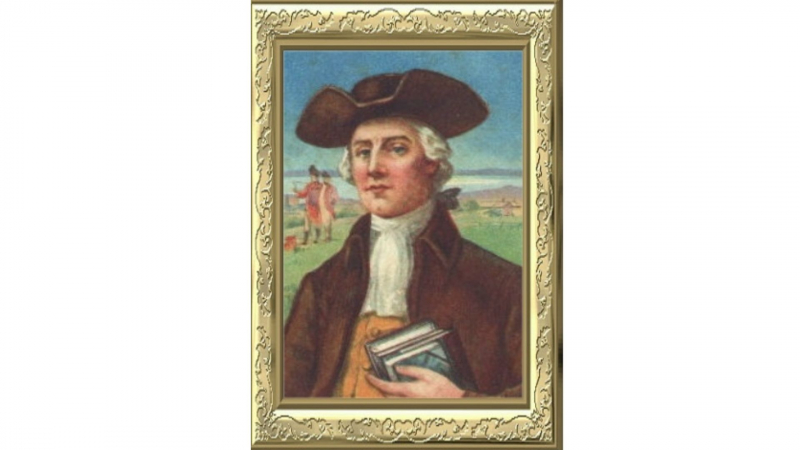
Photo: My Hero 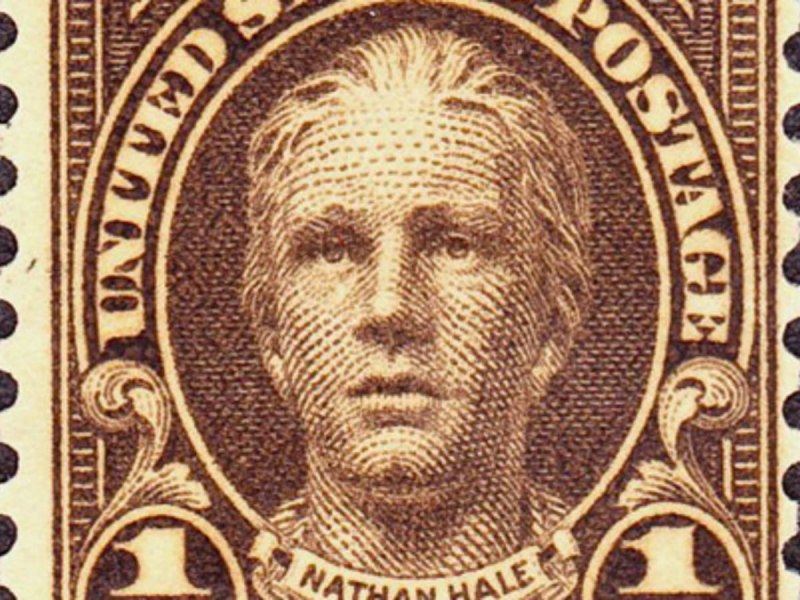
Photo: Pinterest -
The first US group devoted to gathering intelligence was Knowlton's Rangers. This regiment, a part of the Continental Army, was established in 1776 with an exclusive focus on reconnaissance and espionage. Hale enlisted in it at the same time he enlisted in the Connecticut militia, where he had advanced within five months to the rank of first lieutenant.
On September 8, 1776, Hale offered to walk behind enemy lines and report on British troop movements. Hale was aware that this was an act of espionage that would result in his execution right away. On September 12, he was transported by ferry from British-controlled Long Island to Huntington, New York. Although Hale did not travel under a false identity and apparently brought with him his Yale diploma with his genuine name, he had plans to pose as a job-seeking Dutch school teacher.
After the British forces left Boston, Hale's unit moved to New York City. Without any prior espionage training, he offered to spy on the British camps close to New York at this moment. Nathan Hale is reported to have said, "I wish to be useful, and any form of work necessary to the public good becomes honorable by being necessary”.
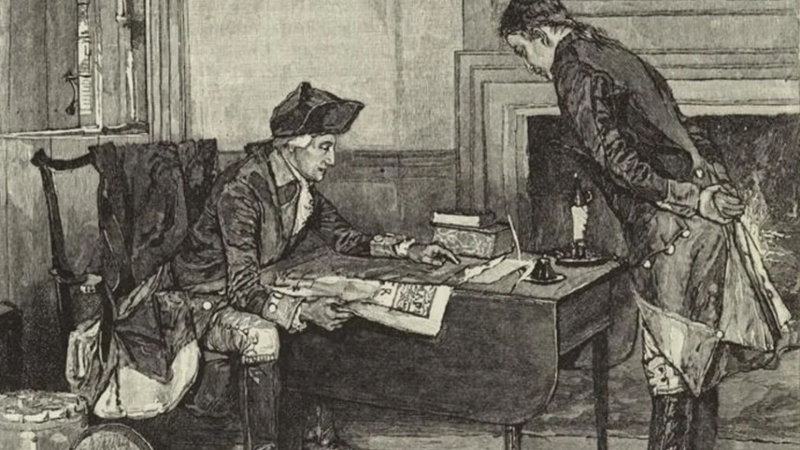
Photo: American History Central 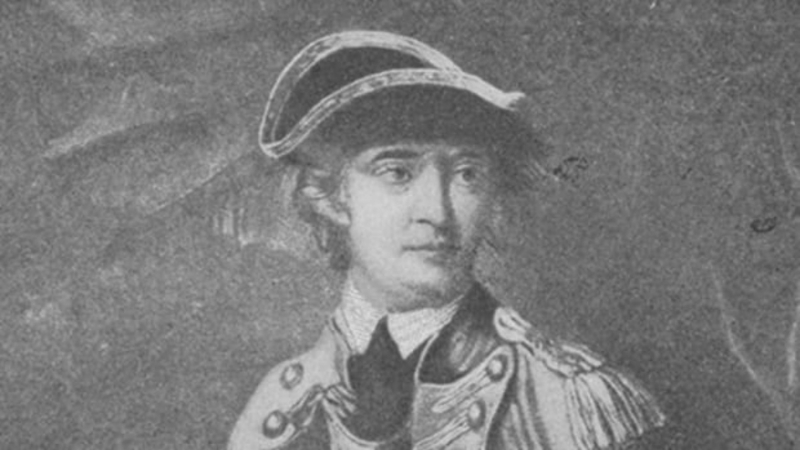
Photo: Biography -
It's a fascinating Nathan Hale fact that although it is known that Nathan Hale claimed to be a Dutch teacher in order to sneak past British defenses and finally be discovered as a spy, the particular method by which the British learned this is unknown. Consider Tiffany, a Connecticut shopkeeper and Loyalist, wrote a narrative of Hale's capture that was eventually acquired by the Library of Congress. According to Tiffany, Hale was spotted in a bar by Major Robert Rogers of the Queen's Rangers, who recognized him. Rogers and his Rangers captured Hale near Flushing Bay in Queens, New York, after tricking Hale into deserting by posing as a Patriot himself. According to a different account, Samuel Hale, a Loyalist who was Hale's cousin, was the one who disclosed the truth about him.
In a then-rural area of Manhattan, approximately where Beekman Place now stands, British General William Howe had set his headquarters in the Beekman House. This was on a hill between what are now 50th and 51st Streets between First and Second Avenues. Howe reportedly questioned Hale and discovered tangible evidence on him. Rogers gave details regarding the incident. Hale reportedly spent the night at the mansion in a greenhouse, although other versions claim he did so in a bedroom. He asked for a Bible, but his request was turned down. Later, he made a clergyman request. The request was once more rejected. He was given permission by General Howe to send letters to his brother Enoch and to his commanding officer, but the provost marshal, Captain Cunningham, tore them up in front of him the following day. That's all about the fourth fact about Nathan Hale we want to share with you!
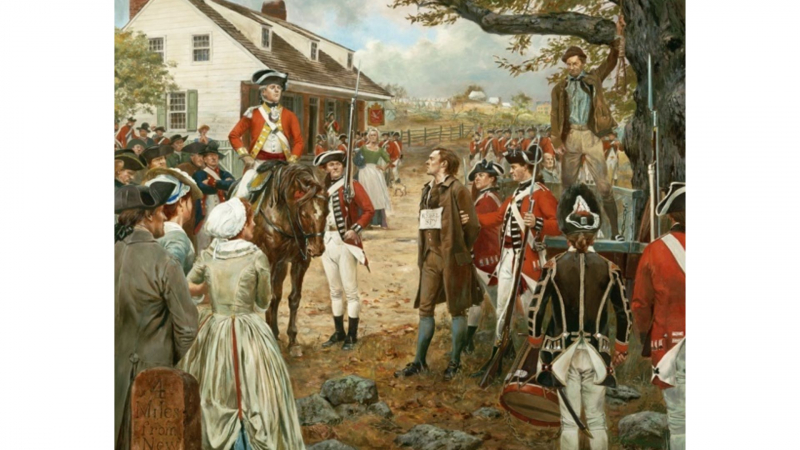
Photo: Revolutionary war and Beyond 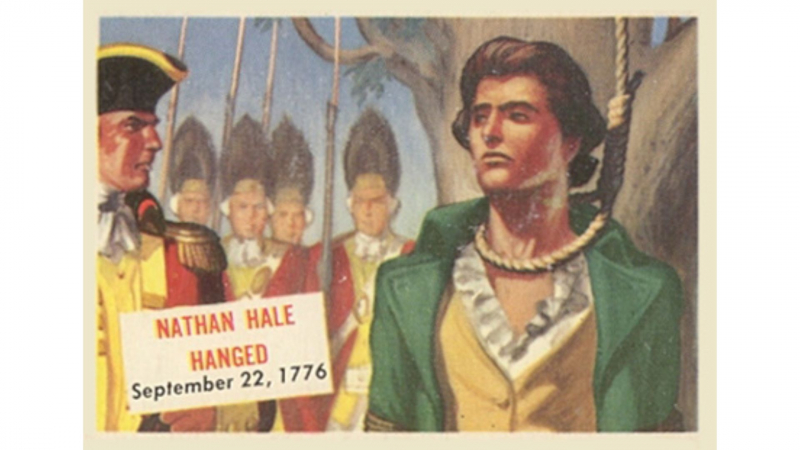
Photo: The Bowery Boys -
According to a different legend surrounding Hale's capture by the British, his cousin, Samuel Hale, handed him over to the armed forces of the empire. Samuel was simply a Loyalist who supported the British throne, which is why what happened. Around September 12, 1776, he departed from the Continental camp on Harlem Heights while posing as a teacher. On September 21, he was being recaptured by British pickets as he was leaving his mission. He was brought before British general Sir William Howe, whose offices were located in the Beekman home, which is currently located at First Avenue and 51st Street. At the time, Samuel, his cousin who had sided with the British, was working as Lord Howe's deputy commissioner of prisons in New York. The theory that Samuel recognized Nathan as a spy was first put up in historical accounts and has since been confirmed by historians.
Samuel vehemently rejected the accusation of treason until his death in England in 1787. He wrote to his wife, "There never was the slightest truth in the awful newspaper publication blaming me with ingratitude. My only crime is attachment to the outdated Constitution of my nation."
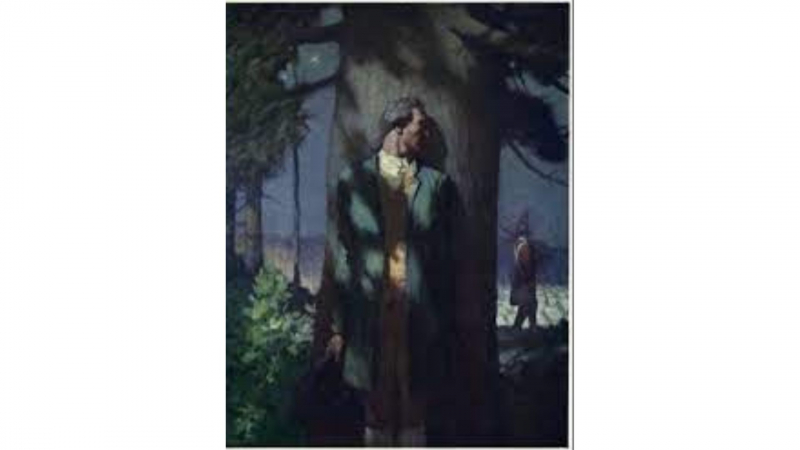
Photo: Brian Scott MacKenzie - Medium 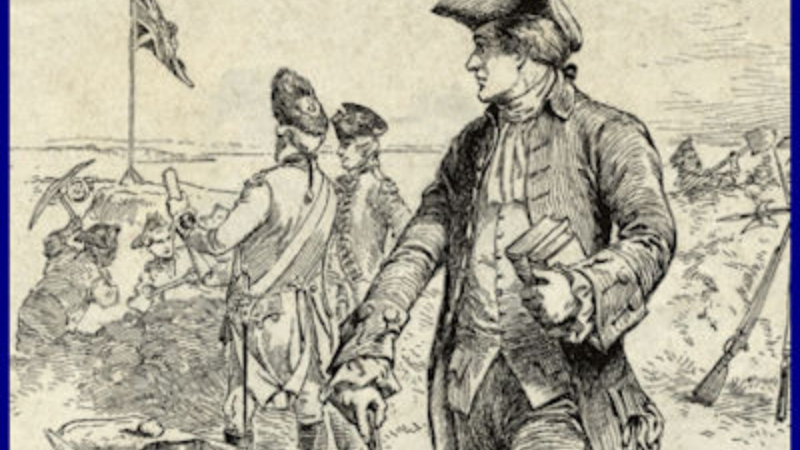
Photo: Cleverland Law Library -
Next up in the list of facts about Nathan Hale is that he was executed when he was only 21. Hale was sent to New York City after his capture and put to death there. There are numerous spots where he may have been put to death, but the precise location is still a mystery. Hale was unquestionably incredibly brave and devoted to the American war for independence despite his youth. He is quoted as saying, "I only lament that I have but one life to give for my nation," just before he was hanged. Whether he actually said this or not has been contested, but there is no denying that he pledged his unwavering support to the struggle for freedom from the British Empire.
Spies were executed by hanging since they were considered illegal combatants under the standards of the day. By all accounts, Hale behaved admirably prior to the hanging. On the morning of September 22, 1776, Hale was carried along Post Road to the Park of Artillery, which was close to the Dove Tavern located at Third Avenue and 66th Street in modern-day New York, where he was hanged. He was a man of age, 21.
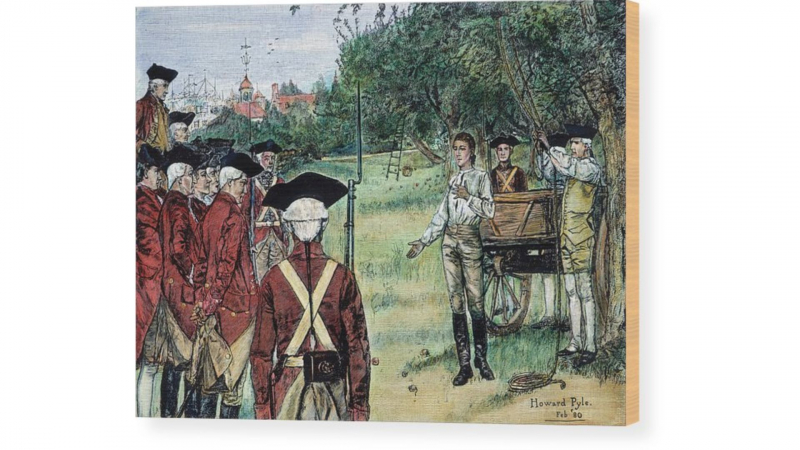
Photo: Fine Art America 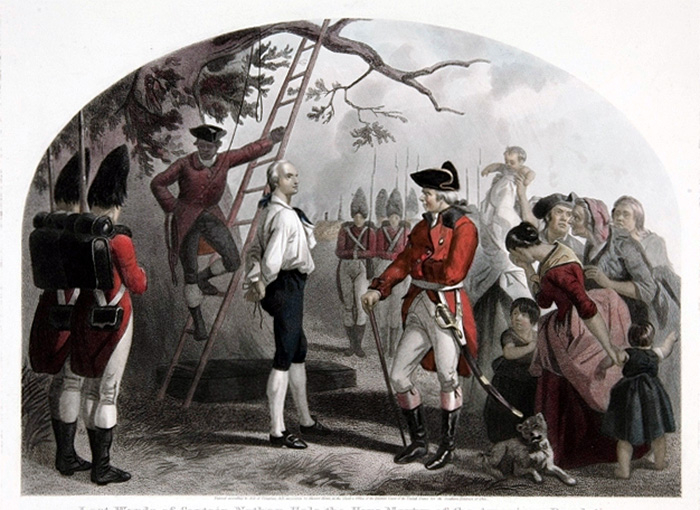
Photo: Journal of the American Revolution -
Hale's farewell address was not captured in any official records. He is said to have said, in part or in all, "I just lament that I have but one life to lose for my nation" as his final words. The British Captain John Montresor, who was present at the hanging, is credited with coming up with the quotation. The following day, he had a truce-signaled conversation with American Captain William Hull.
Nathan Hale's famous line is now generally accepted to be more of an abbreviation of a speech he was able to deliver before being hanged, which is an interesting piece of information about him. According to some historians, he allegedly referenced the following scene from Joseph Addison's play Cato, which was well-known at the time and possibly well-known to Hale given his Yale education:
“How beautiful is death, when earn’d by virtue!
Who would not be that youth? What pity is it
That we can die but once to serve our country.”
There are several differing descriptions of Hale's coolness and commitment to his cause from officers who witnessed the execution and wrote about it. Many people were moved by his "intelligent and impassioned discourse," which is why Hale is still well-liked today.
Hale very certainly spoke in more than one sentence during his final statement. Different things he stated are mentioned in several early reports. These aren't inherently at odds; rather, when taken as a whole, they paint a picture of how the speech may have been. The quotations that follow were all taken from George Dudley Seymour's 1941 book, Documentary Life of Nathan Hale. After questioning those in attendance on October 26, 1776, Nathan Hale's brother Enoch wrote in his diary, "When at the Gallows he spoke & told them that he was a Capt in the Cont Army by name Nathan Hale."
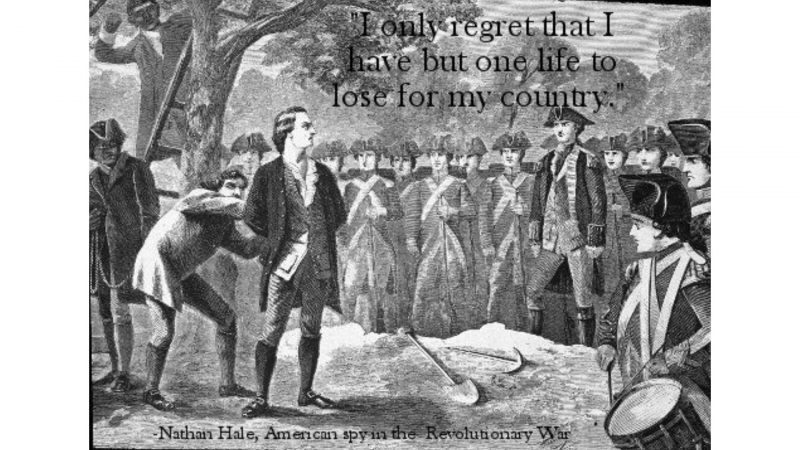
Photo: Pinterest 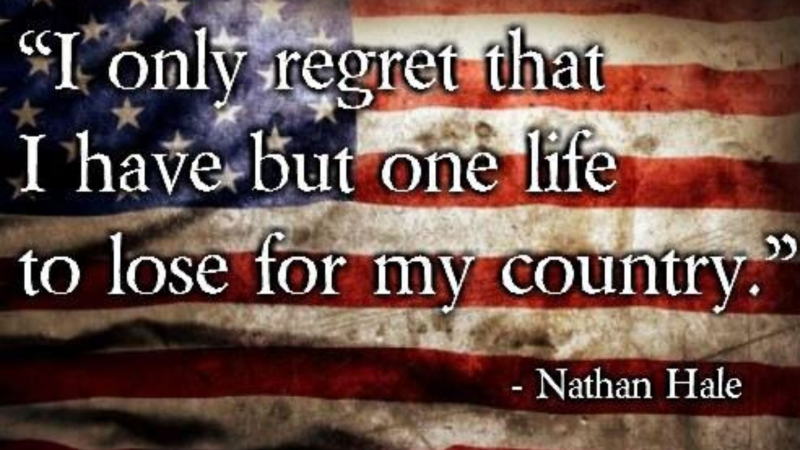
Photo: Pinterest -
The last fact about Nathan Hale is that he is honored in numberous depictions in the US. The legacy of Nathan Hale is seen all over the nation in the form of several statues and appearances. Any depiction of him is an idealized rendition influenced by his heroic position because there isn't an actual portrait of him from the time he was alive. A statue honoring him was created by Frederick William MacMonnies and is located at City Hall Park in New York. At Yale, in front of Connecticut Hall, where he resided as a student, there is also a statue created by Bella Pratt.
In addition to these two primary depictions, the US is home to a large number of memorials and buildings bearing his name. Because there are no known contemporaneous portraits of Hale, statues of him are based on romanticized conceptions. Records and letters show Hale was a knowledgeable, sensible, and meticulous man who planned ahead. Lieutenant Elisha Bostwick, a fellow soldier, described Hale's look and manner as having blue eyes, flaxen blond hair, darker eyebrows, standing slightly taller than the normal height of the time, and possessing the mental faculties of a tranquil mind and piousness.
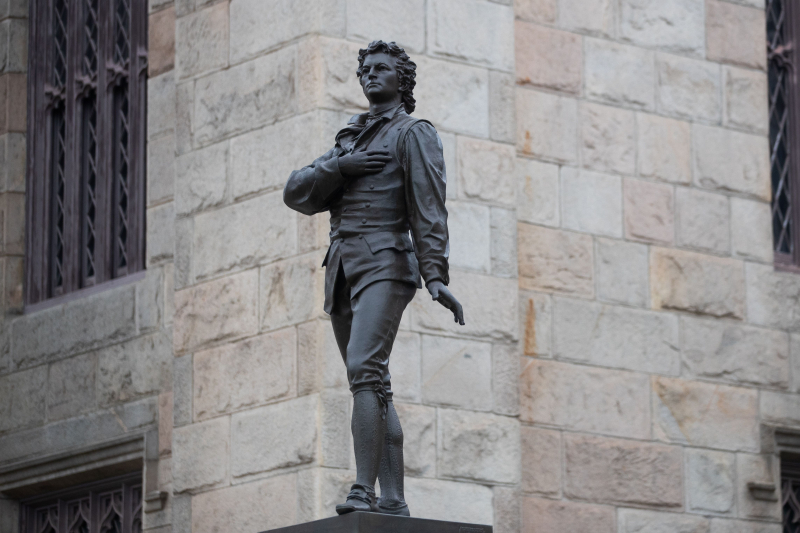
Photo: Hartfort Courant 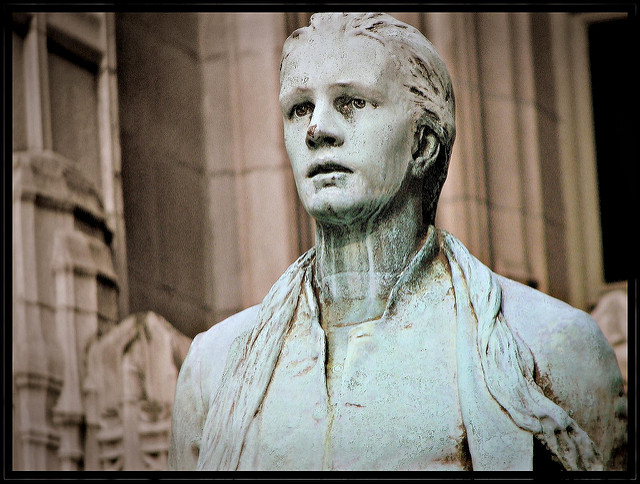
Photo: Today in History














